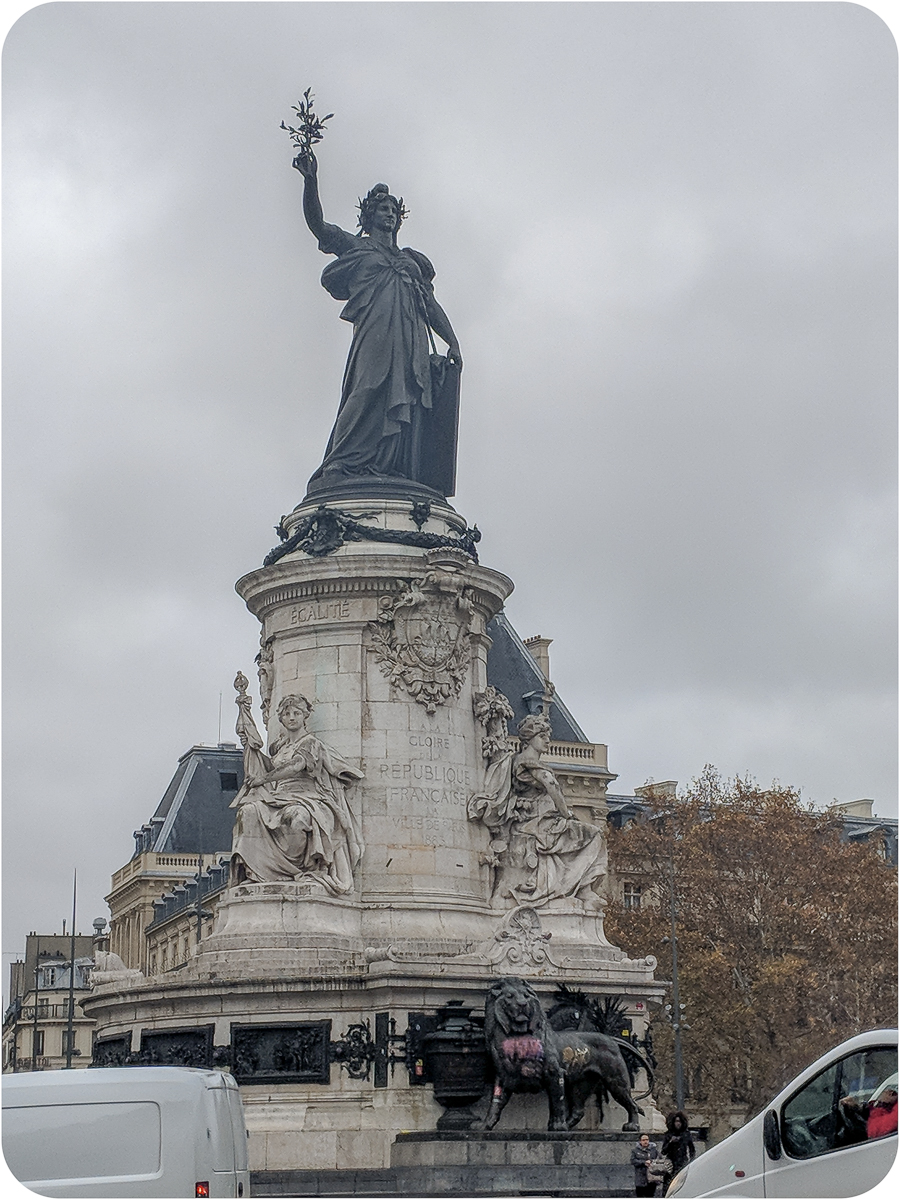We started the day in the Marais, having coffee at Le Bouledogue. It was our final day in France and I had some shopping to do. First of all, I had some gifts to bring home, to thank people for watching over my home and my horse. I elected to buy them chocolate assortments from À la Mère de Famille, a chocolatier in business in Paris since 1761, a full fifteen years before Thomas Jefferson drafted the Declaration of Independence.



